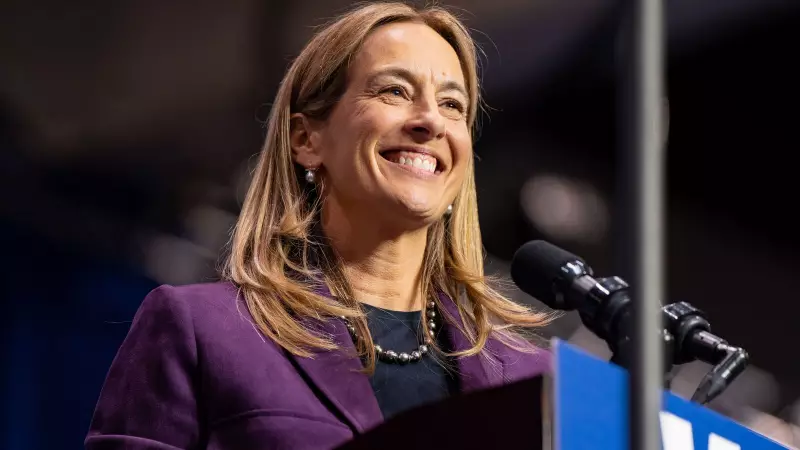
While most Americans are looking toward the 2024 presidential election, two critical governor races are capturing national attention this November. The political battles in New Jersey and Virginia are serving as crucial barometers for the nation's shifting political landscape.
New Jersey's Tight Race: Can Murphy Secure Second Term?
In the Garden State, Democratic Governor Phil Murphy is fighting to maintain his position against Republican challenger Jack Ciattarelli. What makes this race particularly intriguing is New Jersey's traditional Democratic leanings, which should theoretically give Murphy a comfortable advantage.
However, recent polling tells a different story. The race has tightened considerably, with some surveys showing the candidates virtually tied. This unexpected development has political analysts watching closely, as it could signal broader dissatisfaction with Democratic leadership nationwide.
Virginia's Political Drama: Youngkin's Conservative Challenge
Meanwhile, Virginia presents an equally compelling political drama. Republican candidate Glenn Youngkin faces former Democratic Governor Terry McAuliffe in a contest that could flip the state red after years of Democratic control.
The Virginia race has become a referendum on several key issues:
- Education and parental rights in school curricula
- Economic recovery post-pandemic
- Tax policies and government spending
- COVID-19 management strategies
Why These Elections Matter Beyond State Borders
These off-year governor races carry significance far beyond state lines. Political strategists from both parties view them as critical testing grounds for messaging and voter mobilization strategies that will shape the 2022 midterms and potentially the 2024 presidential election.
"What happens in New Jersey and Virginia doesn't stay in New Jersey and Virginia," notes one political analyst. "These races provide the first major electoral test since President Biden took office, offering valuable insights into which party has momentum heading into next year's crucial midterm elections."
Key Factors Influencing Voter Decisions
Several factors are driving voter sentiment in both states:
- Economic concerns: Rising inflation and employment issues
- Education debates: Curriculum controversies and pandemic learning loss
- COVID-19 policies: Vaccine mandates and mask requirements
- Taxation: State and local tax burden on middle-class families
As election day approaches, both parties are pouring resources into these battleground states, recognizing that the outcomes could set the tone for American politics in the coming years.





